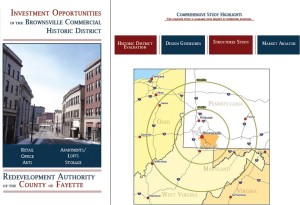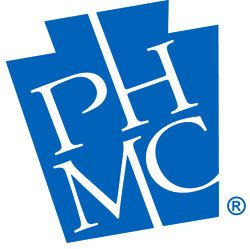Last month we discussed Section 106 consultation and how the outcome of the process is not predetermined but rather a result of the interaction among the participants, with the Federal agency making the final decision about how a project will proceed. Agencies in coordination with consulting parties are required to consider project design options that avoid or minimize effects to historic properties. However, it is not always possible to meet the needs of the project and simultaneously preserve a historic property.

As part of mitigation for the demolition of a public school in Philadelphia, an addendum to the Philadelphia Public Schools Thematic Resources National Register nomination was prepared.
Once all measures for avoidance or minimization have been considered, and a project is found to have an adverse effect on a historic property, then it is necessary to resolve adverse effects through mitigation. Mitigation involves compensation for the loss (or diminishment) of a historic property. Essentially, mitigation is an attempt to provide a public benefit that balances the loss of the historic property.
In the past, the development of mitigation measures has often been treated as a mechanical process, using well-established, standard approaches such as archaeological data recovery (excavation) for a site or documenting a historic building that will be removed as a result of a project. When a project will diminish a historic property’s integrity by destroying the information contained in the property, data recovery or photographic documentation may be appropriate for preserving at least some of that information. However, by its very nature, the consultative component of the Section 106 process also presents opportunities for the development of creative and innovative measures for the resolution of adverse effects. Those projects that begin with an effective consultation process often have the most creative and meaningful mitigation outcomes.
To encourage the development of mitigation with meaningful historic preservation outcomes, our office has prepared guidelines that we would like to share and seek feedback on. These guidelines were developed based on past experience as well as guidance provided by the Advisory Council on Historic Preservation. The guidelines can be used as framework for the development of meaningful mitigation to compensate for the loss of an important historic property and/or as a tool for assessing the effectiveness of a mitigation idea.

To mitigate for the loss of a building in a downtown commercial district, a comprehensive study including a reassessment of National Register eligibility, design guidelines, and structural and market analyses was prepared.
1) Consider the significance of the affected property. Mitigation should generally be related to the significance of the property that is being adversely affected. Things to consider include areas of significance, integrity, qualifying characteristics, and boundaries. Compare the importance of one historic property relative to other properties of its type. Those properties that have greater levels of significance generally warrant greater levels of mitigation; think National Historic Landmarks, resources significant at the national level, or one of the few remaining examples of a historic property type.
2) Consider the public benefit. The National Historic Preservation Act recognizes that preservation is a public interest so ideally mitigation will provide a public benefit to the community in which the resource is located. Educational materials (site tours, lectures, websites, brochures, interpretive signage, etc.) benefit the public by increasing knowledge of and appreciation for the past. Local consulting parties are usually aware of the preservation needs of their community and therefore are a useful, indeed critical, resource for mitigation ideas that can best benefit the public.
3) Consider the needs of all parties. The primary focus of consultation should be on meeting the needs of those consulting parties who ascribe importance or value to a property. This is especially true of traditional cultural properties and properties that are significant to local communities.

Effective mitigation to compensate for the loss of a National Register eligible site can include programs that increase public awareness of archaeology.
4) Consider mitigation that enhances knowledge and protection of historic properties. When a building has been adequately documented or data recovery for an archaeological site is not a viable option due to project constraints, consider alternative mitigations that enhance the knowledge of and/or protection of similar property types. Rather than (or in addition to) documenting a building that is to be removed, consider the preparation of needed historic contexts or survey updates. This could also involve the development of educational programs or the preservation of archaeological sites outside of a project area.
5) Consider cost. The cost of mitigation should be proportionate to the property’s significance and integrity and the scale of the effects of the project. Also keep in mind that the use of public monies must be justifiable. Finally, there must also be a clear connection between the resource affected and the mitigation plan and it must be demonstrable that the mitigation is in the public interest.
We welcome your feedback on these guidelines; please give us your comments below. Also feel free to share your experience with Section 106 projects and how they have or have not resulted in meaningful mitigation outcomes.

Barbara,
I could not get this article to print well. The column on the right overlays the text. Could you send a better copy?